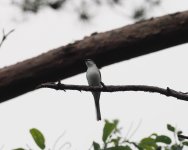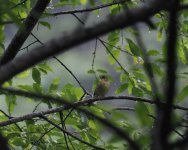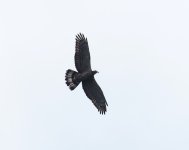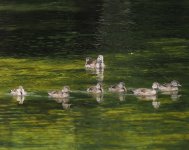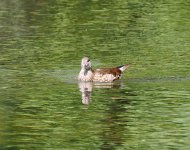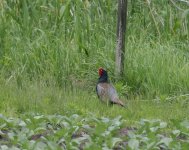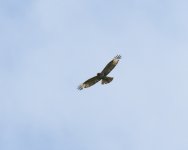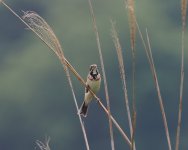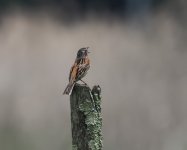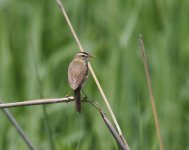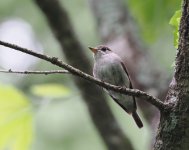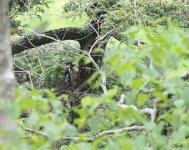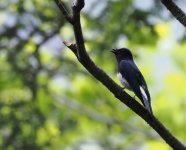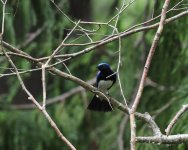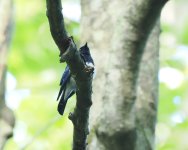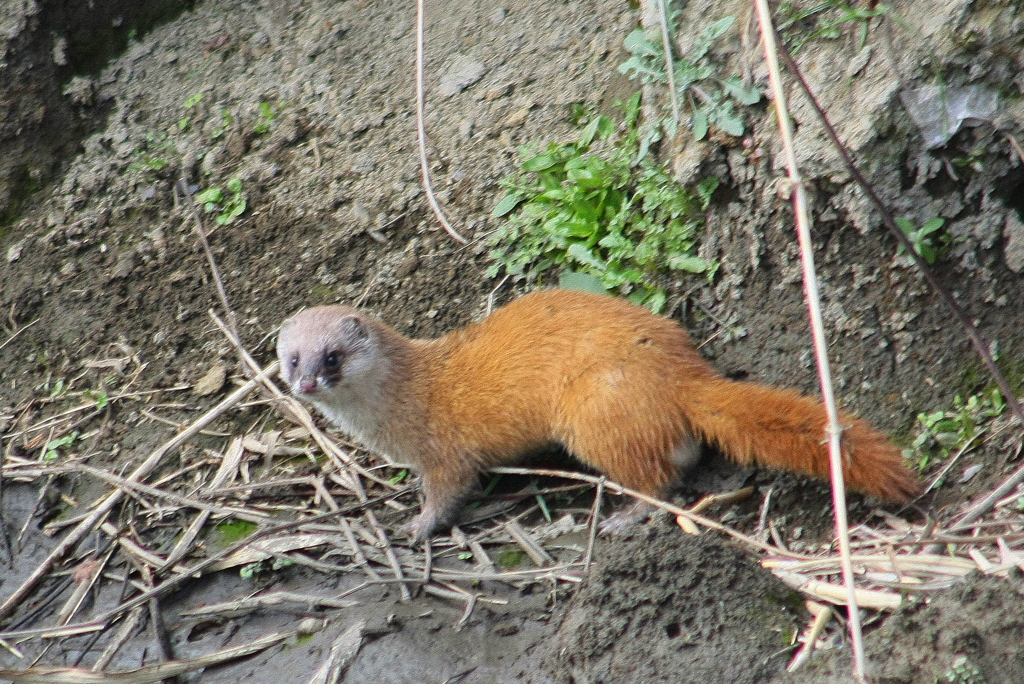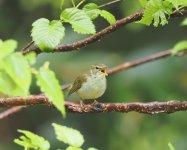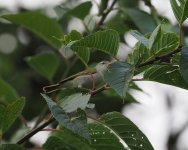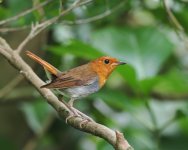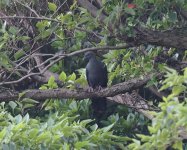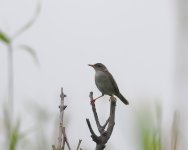
Might have an attempt at another on the go trip report. I'm currently in Japan and will be here for around a month, visiting many different areas of the country. It's actually my fourth visit (fifth if you count some birding on an overnight layover), but all my previous visits were in winter. It's a country I really like birding in. It's both familiar to Europeans, in having mostly Palearctic habitats and birds, and also unfamiliar, with lots of exciting eastern Siberian birds, endemics and seabirds. Japan is also a pleasant and easy country to travel in and these days is not too expensive either.
I left the UK on 18th June and arrived at Tokyo Haneda airport late morning local time on 19th. I then swiftly and smoothly travelled via monorail and Shinkansen to Karuizawa, where I was spending my first couple of nights. I've been here once before but in the winter, when birds like Japanese Accentor and Solitary Snipe are possible. A different set of species awaited in the beautiful forests and hills at this time of year. After checking into my hotel and picking up a hire car at the station, I decided on some fairly casual birding to get my eyes and ears in. I went a short distance to look around the woodlands near Kumoba Pond. Most of the birds were species I've seen on previous visits but one of the first things I saw was my first lifer of the trip: a gorgeous Narcissus Flycatcher. This bird turned out to be pretty common in the forests around Karuizawa, and its Robin-like song was rarely out of earshot. The pond itself was fairly quiet, but a few Eastern Spot-billed Ducks gave good views.
I then headed up the road a bit further to look around some other areas of forest as dusk drew in. A bit of squeaking (which birds here seem to respond very well to) brought in another new bird for me: an Ashy Minivet. It perched up nicely in the treetops, alongside a busy group of other birds. It was good to see a few colourful Varied Tits. After that, I headed back to the hotel for some rest, still needing to catch up on my sleep but also wanting to get up early the following morning.
I left the UK on 18th June and arrived at Tokyo Haneda airport late morning local time on 19th. I then swiftly and smoothly travelled via monorail and Shinkansen to Karuizawa, where I was spending my first couple of nights. I've been here once before but in the winter, when birds like Japanese Accentor and Solitary Snipe are possible. A different set of species awaited in the beautiful forests and hills at this time of year. After checking into my hotel and picking up a hire car at the station, I decided on some fairly casual birding to get my eyes and ears in. I went a short distance to look around the woodlands near Kumoba Pond. Most of the birds were species I've seen on previous visits but one of the first things I saw was my first lifer of the trip: a gorgeous Narcissus Flycatcher. This bird turned out to be pretty common in the forests around Karuizawa, and its Robin-like song was rarely out of earshot. The pond itself was fairly quiet, but a few Eastern Spot-billed Ducks gave good views.
I then headed up the road a bit further to look around some other areas of forest as dusk drew in. A bit of squeaking (which birds here seem to respond very well to) brought in another new bird for me: an Ashy Minivet. It perched up nicely in the treetops, alongside a busy group of other birds. It was good to see a few colourful Varied Tits. After that, I headed back to the hotel for some rest, still needing to catch up on my sleep but also wanting to get up early the following morning.




